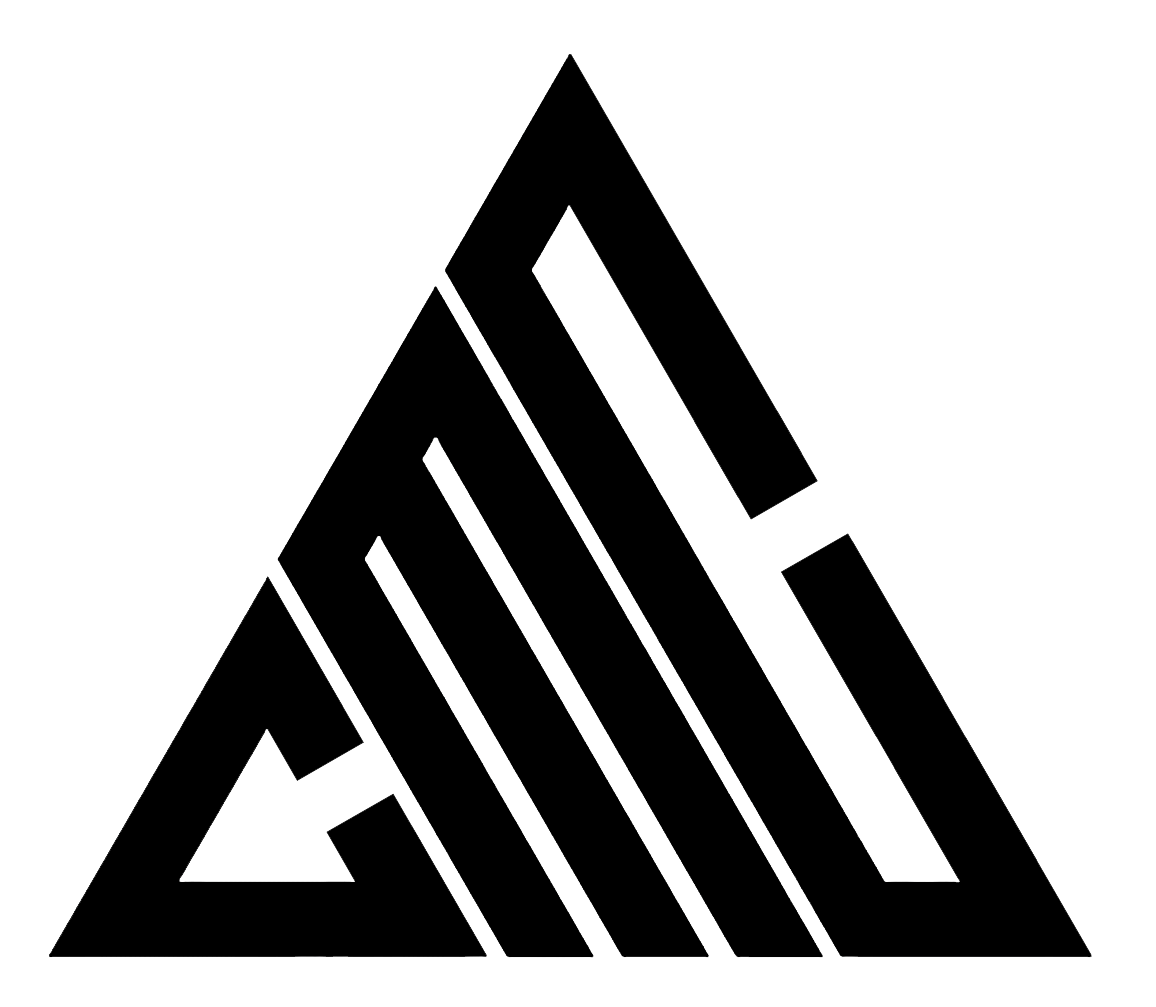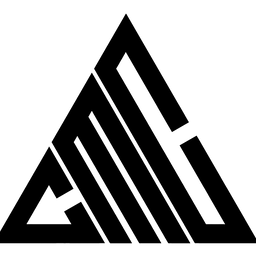How A Thing Called "Ecological Dynamics" Can Make You A Better Coach

The coaching template:
Select or set a boulder. Athletes try the boulder. Some are unable to perform the required technique (moonkick, step-up dyno, running on volumes, piano match, drop knee, etc.) So teach the technique. Maybe do some video review. Athletes try again. Make necessary corrections. And continue to drill the technique.
But is there a better way to teach climbing movement? Actually, forget that question. Lets ask this instead: Is there a better way to build a competiton climber?
Athletes and coaches are currently facing a competition climbing environment that is becoming increasingly complex. Forward-thinking hold companies and mad-genius setters are constantly creating new climbing apparatus, and new movements for athletes to learn and navigate. Wildly creative holds, volumes, and coordination movements are blooming, and as a climbing coach, there is more of a need than ever before to have your finger on the pulse of this change.
Check out the "Slide"
The best competition climbers in the world are doing just that. They seem to adapt very quickly to a changing environment, which raises an essential point: They are not just clunkily sending (and sometimes flashing) the most elaborate and nuanced boulders/routes in the world, they are expressing themselves upon them; as would a master artist express with paint on a canvas. And every other up-and-coming climber who watches these artists asks themselves - How? Can I do that too? Is it even possible?
To answer this we need to get back to club coaching in the gym, and explore two concepts for teaching and learning skills: The more traditional Information Processing (IP) approach, and the Ecological Dynamics (ED) approach.
Information Processing vs. Ecological Dynamics
The Information Processing (IP) approach is what we are all very used to. This is the prevailing model for most education systems. And coaching athletics often follows suit. In the traditional IP model, coaches teach complex movements by breaking them into smaller chunks, to help athletes learn each part in isolation. Techniques are shown and distinguished as “correct” or “incorrect.” The process is linear and prescriptive: A + B = C. Following this structure helps athletes repeat what they have learned, and refine techniques; but there is little room for individuality. So to address the fact that each person is a different size and shape, with various learning speeds, styles and abilities, the IP model overlays differentiated instruction to help pair the material with the individual.
The Ecological Dynamics (ED) approach is significantly different. In the ED model, athletes are understood to be complex systems in dynamic environments, capable of adaptation and innovation. Contrasting the IP model, where athletes are taught techniques to work and refine through repetition, the ED model has coaches providing opportunities for athletes to find solutions on their own. Each individual is encouraged to discover and innovate ways to navigate environmental challenges according to their own bodies, ideas and constraints, through self-organization.
In the ED model, an athlete's decisions emerge from the ongoing process of taking action and exploring movement solutions. And through that action, the athlete, as a complex working system, will be attracted to a solution that suits them and their unique system. When the environment changes, the solutions may also change.
In the IP model, when the environment changes, as it does with every competition, the athlete attempts to make adjustments to learned techniques. But learned techniques don't always work in an environment of constant change and unpredictability. Even if the athlete can learn and memorize enough techniques to have a significant movement vocabulary, new moves and holds will always arrive before the techniques to solve them.
In the ED approach athletes learn to adapt, and to quickly self-calibrate to the climbing challenge before them. This is the point of the ED model: Athletes are set up to explore their relationship with new climbing environments in training, in order to learn to self-calibrate. The more they learn to adapt and calibrate to information in the environment, the more intelligent their interaction with new climbing environments. Sending then becomes an expression of solutions, realized through the athlete’s action and interaction with unique climbing apparatus.
To implement the ED model, we can use something called the constraints-led approach to education (CLA).
The Constraints-Led Approach
I often get the question: how can I get to that top 1%? And the answer cannot simply be to train harder and believe in yourself. The very best have something else - a kind of relational connection to climbs, where problem solving through environmental interaction is a language. New apparatus and innovative movement solutions is the culture that pro athletes live and thrive within. From the developmental point of view, it is the job of the coach to create opportunities for their young athletes to learn how to be in relationship with movement challenges, using the language of action, interaction, self-organization and self-expression.
The constraints-led approach is how we can do that.
CLA is a process of building or providing climbing apparatus for athletes to find particular solutions. The key here is to constrain the complexity of a full competition boulder and narrow the focus to key problems within it.
Let's pause for a moment to reflect on what we coaches typically do: We set a boulder for the youth team to work. Maybe it begins with a running start onto a shallow volume and double gaston catch. This could be followed by a horizontal jump into a paddle dyno. And then a tricky dead point to a thumbercling to finish. Cool boulder. Instagram worthy. The athletes begin to work the boulder. Some can do it, others cannot. The ones that get the send move on to the next boulder, and the others stay for a coach breakdown of each component and review technical solutions.
The essential failure in this approach is the pedagogical methodology. The athletes that get the send experience little to no actual learning (learning about the boulder, or about themselves), as they are performing movements they were already capable of performing. And the other athletes receive the traditional IP model of linear instruction, repetition and correction. The session feels progressive and fruitful, but in actuality there is very little meaningful learning taking place, and the techniques that are taught, although correct in theory, may not always prove useful on the competition floor. I have seen this approach to training a thousand times. And although a champion may emerge from this model, the majority of the athletes produce average results over many years, with little growth in their climbing development and their competition results.
The reason for this is a lack of constraint in the process.
Constraint, or reducing the number of factors in a given exercise, addresses a fundamental issue in the way humans learn. Most importantly, we are not very good at multitasking. And although some like to brag that they are multitasking wizards, the truth is our brain lacks the architecture to perform two or more tasks simultaneously – or successfully at an optimal level.
From a learning perspective, when we attempt to process/intake multiple tasks at once, like a number of continuous nuanced movements within a boulder problem, a greater demand is placed on the frontoparietal control and dorsal attention networks, which are significantly limited in their capacities. The brain is not multitasking as much as it is switching back and forth between tasks, which results in something called “task switch costs.” This is essentially the reduction in performance accuracy or deep learning of any one objective.
Complex climbing movements, concepts, and subtleties would be tough enough to master if they were always the same, from one boulder to the next. But not only are boulders always changing, they are trending towards more complexity. This reality puts many climbers and climbing clubs behind the developmental curve. To stay in line with the rate of growth in climbing movement, we need to optimize learning by creating smaller, more focused challenges in training, by constraining the amount of complexity factors the athletes face at a given time.
So let’s look at an example of the CLA approach within the ED model:
In the ED model, athletes (a complex system) explore and interact with their environment (a boulder problem/climbing apparatus), and through action and self organization arrive at innovative solutions that suit them. The CLA approach can be thought of as a refinement of environmental problems that coaches present to their athletes. Here are some examples:
- Reduce full boulder problems to a specific challenge. This will reduce the number of factors/elements within a climbing challenge, and constrain environmental stimuli. Athletes will not need to solve ALL of this. They will only solve this.
- Decipher which elements are the most relevant and essential to the widest set of known movements. For example, in most coordination movements (running on volumes, paddle dynos, etc), single leg explosiveness is a key factor. Accordingly, create a game that challenges athletes to jump across volumes on one leg, and to find solutions to a more focused problem. Furthermore, limit the amount of technical teaching. Insert ideas and technical tools or body positions to help guide athletes towards finding their own solutions.
- Create thematic sessions that allow athletes to solve related problems. For example, I will set a chain of volumes across the bottom of a 5º steep wall, and challenge athletes with a series of traverse constraints:
- Traverse with no hands.
- Traverse facing outwards.
- Traverse with running shoes.
- Traverse as fast as you can.
- Traverse while holding a large stability ball.
- Traverse in the opposite direction.
- Traverse while holding hands with a partner.
Each of these challenges can narrow the learning focus to particular elements like body positioning, footwork, or balance, while leaving the process open for experimentation and innovating solutions. The net result is deeper learning. Athletes learn to self organize, build connections to their climbing environment, calibrate, take action in response to failed attempts, and build confidence in their own unique ability to solve problems. With consistency in this approach, competitions will become opportunities for athletes to express their adaptation to new environments, and their competition performance potential will no longer be limited to whether or not they can execute a series of techniques.
Matt Chapman © 2023
Share on Facebook | Twitter | Email
Read More from Coach Matt About Coaching...



